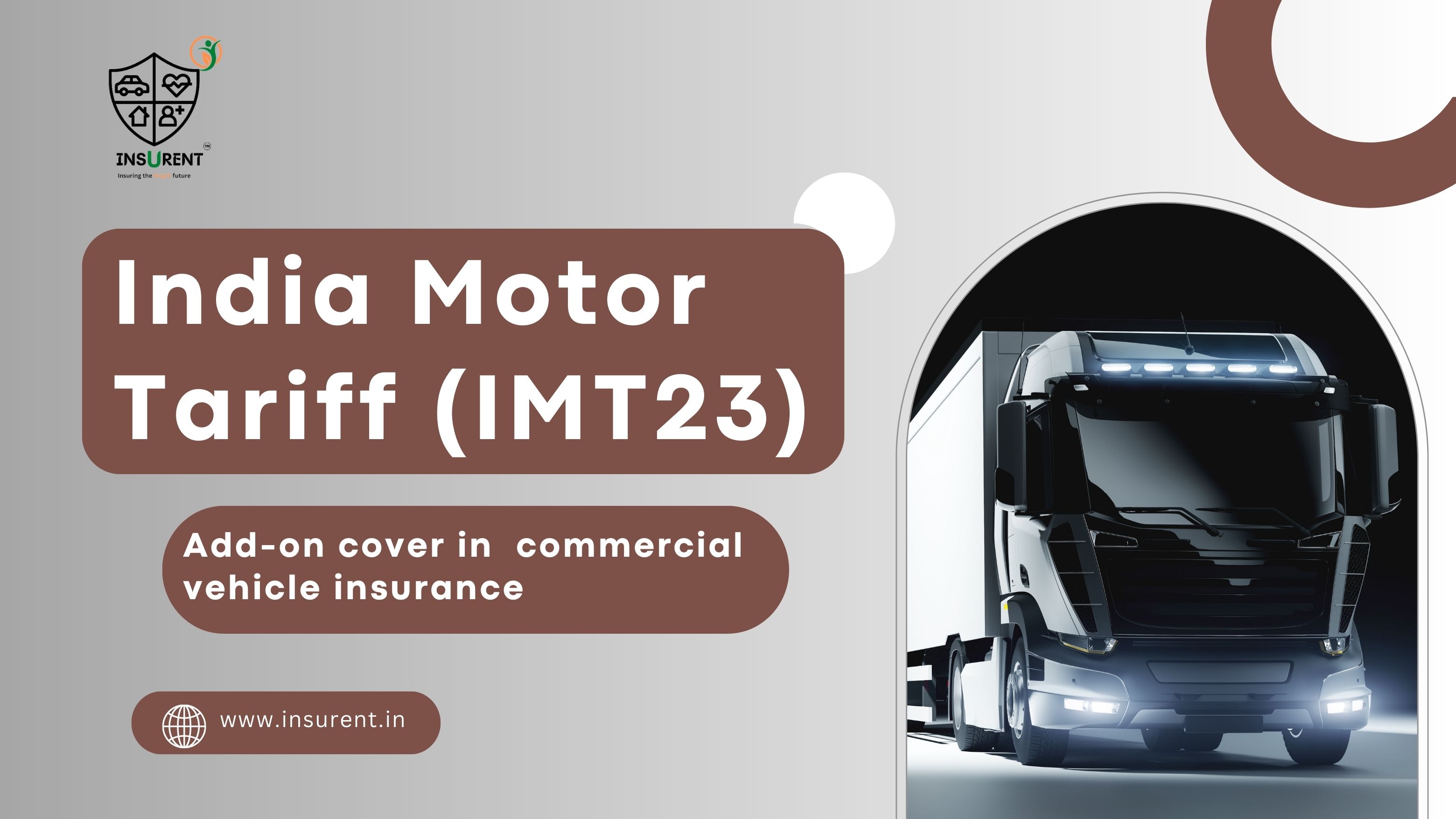
Zero Depreciation Add-on
- 29 Jun 2023
A zero depreciation add-on cover, also known as a zero depreciation or nil depreciation cover, is an optional feature that can be added to your car insurance policy. It provides an additional level of coverage for your vehicle by reducing or eliminating the depreciation factor applied to the value of car parts during a claim.
When you make a claim on a standard car insurance policy, the insurance company considers the depreciation value of the car parts involved. Depreciation refers to the reduction in value of an asset over time due to wear and tear. In the case of car insurance, it means that you may receive a lower claim settlement amount because the insurer factors in the depreciated value of the parts.
However, with a zero depreciation add-on cover, the insurance company agrees to pay the claim amount without considering the depreciation of car parts. This means that you will receive a higher claim settlement amount, closer to the original value of the parts, making it beneficial for you as the policyholder.
It's important to note that zero depreciation add-on covers usually come with certain conditions and limitations. For example, there may be a cap on the number of claims you can make within a policy period or restrictions on the age or condition of the vehicle. It's always advisable to carefully read and understand the terms and conditions of the policy before opting for a zero depreciation add-on cover.
While a zero depreciation add-on cover may increase the premium cost of your car insurance policy, it can be particularly useful for new cars or vehicles with expensive parts, as the payout you receive in the event of a claim will be higher. It helps you avoid paying a significant amount out of pocket for repairs or replacements due to depreciation.
Keep in mind that insurance policies and their terms can vary between different insurance providers and countries, so it's best to consult with your insurance provider or agent for specific details about zero depreciation add-on covers available in your area.
Related Blogs

Consumables Add- ons

IMT-23 add-on cover

Key Protection Cover add-on

Zero Depreciation Add-on


